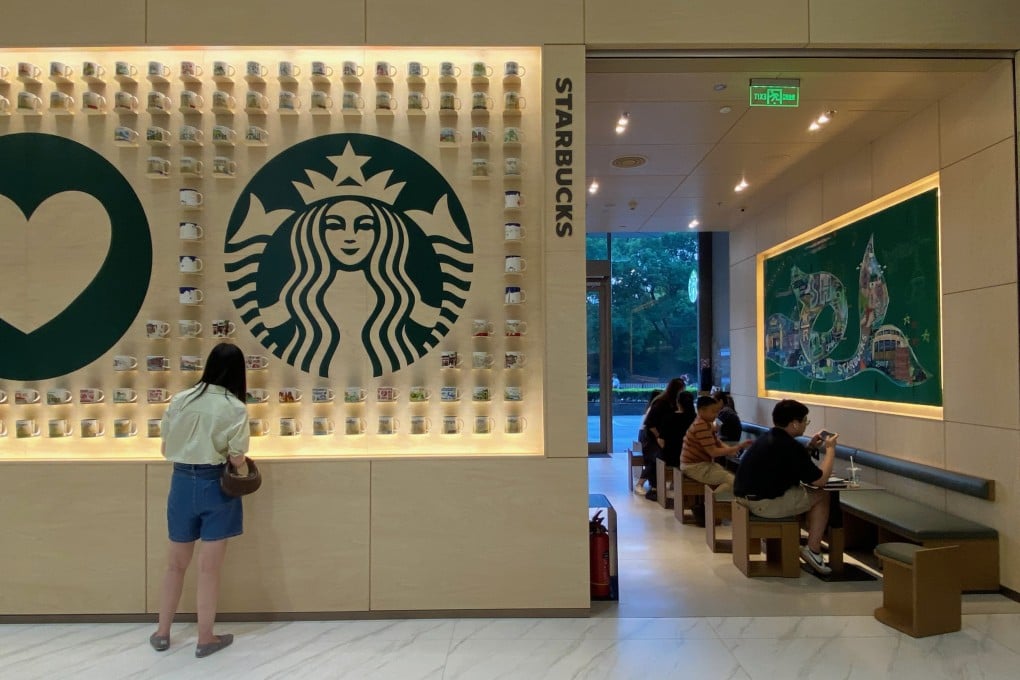Starbucks gave China a taste for coffee, now must brew growth in pandemic-altered market where rivals smell opportunity
- The Seattle-based giant opened its 6,000th China store in September, but now faces new venture-backed domestic entrants and international foes
- The pandemic favoured takeaway service and smaller stores, changing the market’s competitive dynamics

Shrew Chi had her first taste of coffee, or more precisely, instant coffee granules, 20 years ago in middle school. She was instantly hooked by the bitter flavour, although her classmates thought it tasted worse than unpalatable Chinese medicine.
Growing up in the tea culture of the Wuyi Mountains, known as the origin of Lapsang Souchong tea, the now 36-year-old opened one of the first independent cafes in Pingyao, a tourism city in China’s Shanxi province, in 2013. As the proprietor of Shrew Cafe, she has watched a nation of tea drinkers pick up a coffee-drinking habit over the last decade.
The Seattle chain has driven coffee culture in China since its arrival in 1999, setting the industry benchmark for pricing and products, professionals say.

After two decades, the global giant now faces ferocious competition from home and abroad, while Covid-19 remains a prominent market uncertainty in the world’s second-largest economy.
